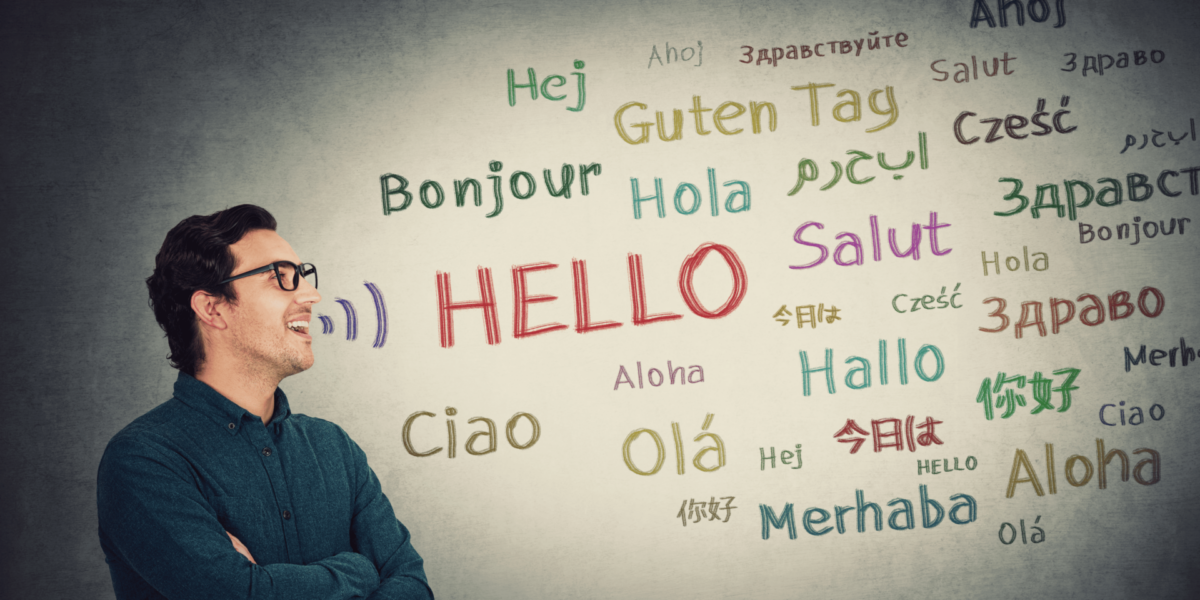Understanding the Subconscious Mind’s Role in Daily Life
The subconscious mind stores patterns, beliefs, and emotional responses that influence how a person reacts to everyday situations. It processes information in the background, shaping decisions without conscious awareness. Guided meditation provides a way to slow mental activity, making it easier to access this deeper layer of thought and perception. When the mind enters a relaxed, focused state, subconscious material can rise to the surface, allowing for recognition and intentional change.
How Guided Meditation Creates a Pathway to Deeper Awareness
Guided meditation uses verbal cues to direct attention away from distractions and into a specific mental focus. These cues can involve breathing techniques, visualization, or body awareness. This structured approach quiets the analytical mind, making space for subconscious insights to emerge. In this state, the mind is more open to suggestion and more receptive to forming new connections between thoughts and feelings. The steady pace and clear instructions help sustain this focus long enough for deeper mental exploration to occur.
Shifting Limiting Beliefs Through Focused Inner Work
Many patterns in the subconscious mind come from past experiences and repeated thoughts. Some of these beliefs may be useful, while others can restrict personal growth. Guided meditation creates the conditions to identify these limiting beliefs by bringing them into conscious awareness. Once recognized, they can be reframed or replaced with more supportive mental patterns. This process does not happen instantly; instead, it develops over repeated sessions as the brain becomes more accustomed to new ways of thinking and responding.
Using Visualization to Influence the Subconscious Mind
Visualization during guided meditation engages the brain in a way that can reshape subconscious responses. When the mind vividly imagines a scenario, it activates neural pathways similar to those triggered by real-life experiences. By repeatedly practicing positive or constructive visualizations, the subconscious mind begins to accept them as familiar patterns. This can influence how a person reacts in future situations, making new, healthier responses feel natural and automatic.
The Connection Between Relaxation and Mental Access
Relaxation is essential for accessing the subconscious mind effectively. High stress levels keep the brain in a heightened state of alertness, which prioritizes immediate problem-solving over deep introspection. Guided meditation reduces this tension by calming the nervous system and slowing the breath. As the body relaxes, brain wave patterns shift from active beta waves to slower alpha or theta states, which are more conducive to subconscious exploration. This shift makes it easier to uncover hidden thoughts and emotional connections.
Integrating Insights Into Everyday Actions
Reaching the subconscious mind through guided meditation is valuable only if the insights gained are applied in daily life. After each session, it helps to spend a few minutes reflecting on any new thoughts, images, or feelings that surfaced. Writing these observations down can reinforce them and make it easier to track changes over time. Consistent integration of these insights into decision-making strengthens the connection between conscious goals and subconscious support, leading to lasting personal transformation.
Creating a Consistent Practice for Long-Term Results
The subconscious mind responds to repetition, which means occasional meditation sessions may not be enough to create deep, lasting change. A consistent practice—whether daily or several times a week—keeps the mind attuned to self-awareness and inner growth. Guided meditations can be tailored to address specific goals, such as building confidence, reducing anxiety, or improving focus. Over time, this repetition not only deepens access to the subconscious but also helps maintain the positive changes that emerge from it.
The Role of the Guide in Facilitating Transformation
The voice, pacing, and structure of a guided meditation play a significant role in how effectively it engages the subconscious mind. A skilled guide chooses language and imagery that resonate with the listener’s goals, creating a safe and focused environment for exploration. The guide’s role is not to force change but to open pathways for the listener to discover and shape their own inner landscape. This collaborative process encourages self-trust and allows deeper changes to develop organically.
Recognizing the Signs of Subconscious Shifts
Changes in the subconscious mind often appear subtly at first. A person may notice a shift in mood, a new sense of clarity, or a change in how they react to familiar situations. These signals indicate that guided meditation is influencing deeper mental patterns. Over time, these shifts become more consistent, reinforcing the connection between intention and behavior. Recognizing and acknowledging these signs helps sustain motivation and commitment to continued practice.
Aligning Conscious and Subconscious Goals for Personal Growth
When conscious goals align with subconscious patterns, personal growth becomes more fluid and sustainable. Guided meditation bridges the gap between these two levels of the mind, allowing them to work together instead of in conflict. By creating space for awareness, relaxation, and visualization, this practice transforms internal resistance into cooperation. The result is a stronger sense of clarity, purpose, and emotional balance that extends into every aspect of life.









